Beyond its usual function for determining the rate of duty on imported goods, tariff classification is a crucial component of several additional economic purposes.
Canada’s Customs Tariff is based on the Harmonized System (HS), the standardized coding system of names and numbers used in international trade. Over 200 countries representing about 98 percent of world trade use the HS as a basis for customs tariffs and the compilation of international trade data and statistics.
The import and export data collected with the HS as a universal basis is used to negotiate trade agreements, maintain trade statistics, and effectively identify goods and shipments that pose a risk to the health, safety and security of Canada.
Accurate HS data is of vital importance to the business community. Because this data is timely and detailed, it is one of the few economic indicators that is of immediate use to businesses. The demand for HS data keeps increasing as a result of changes in the international trading environment, globalization, expanded free trade and widespread tariff reductions.
And, in a more down-to-earth view, non-compliance with the correct classification of goods can result in delays at the time of release of goods, the suspension of privileges, and monetary penalties assessed under the Administrative Monetary Penalty System.




